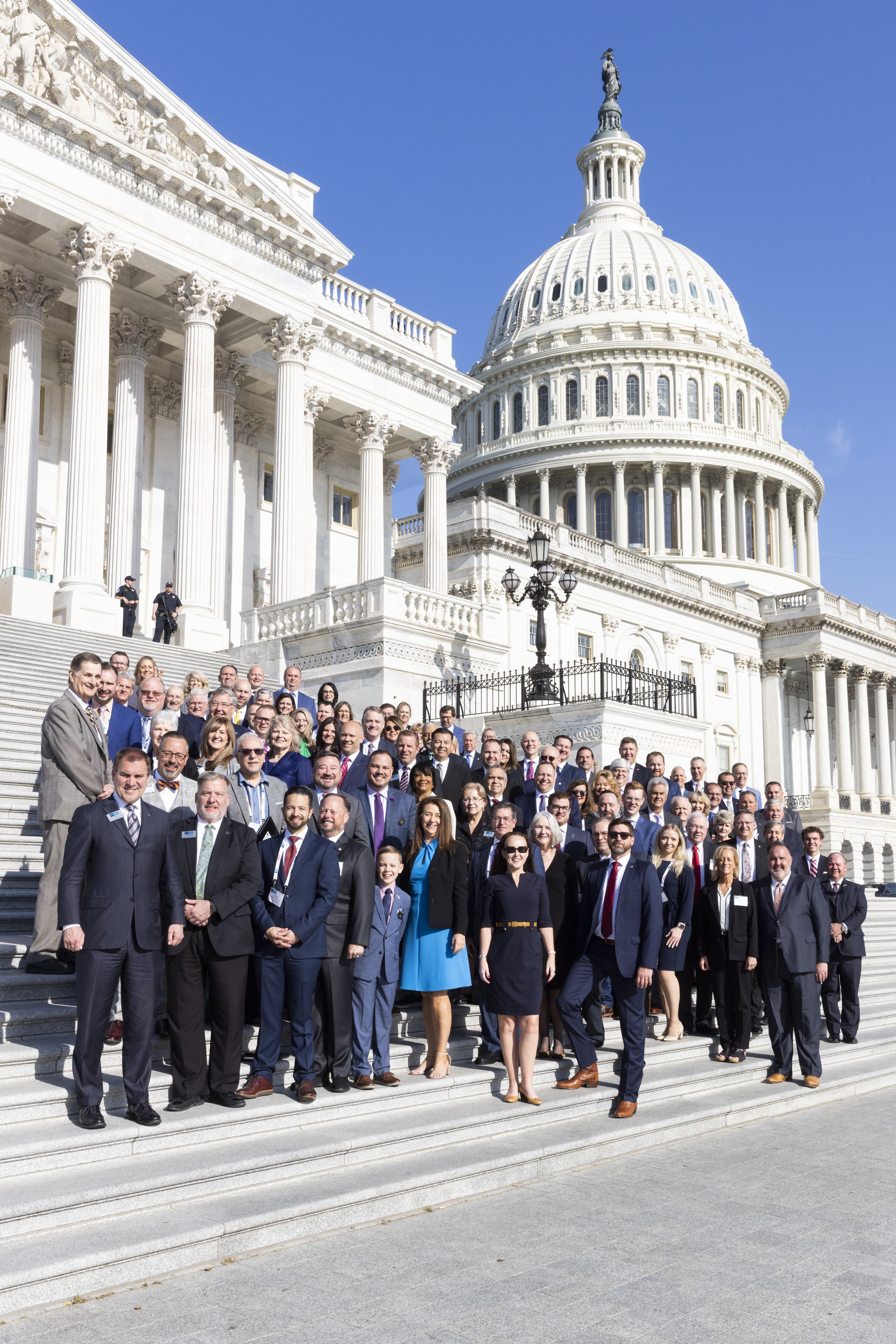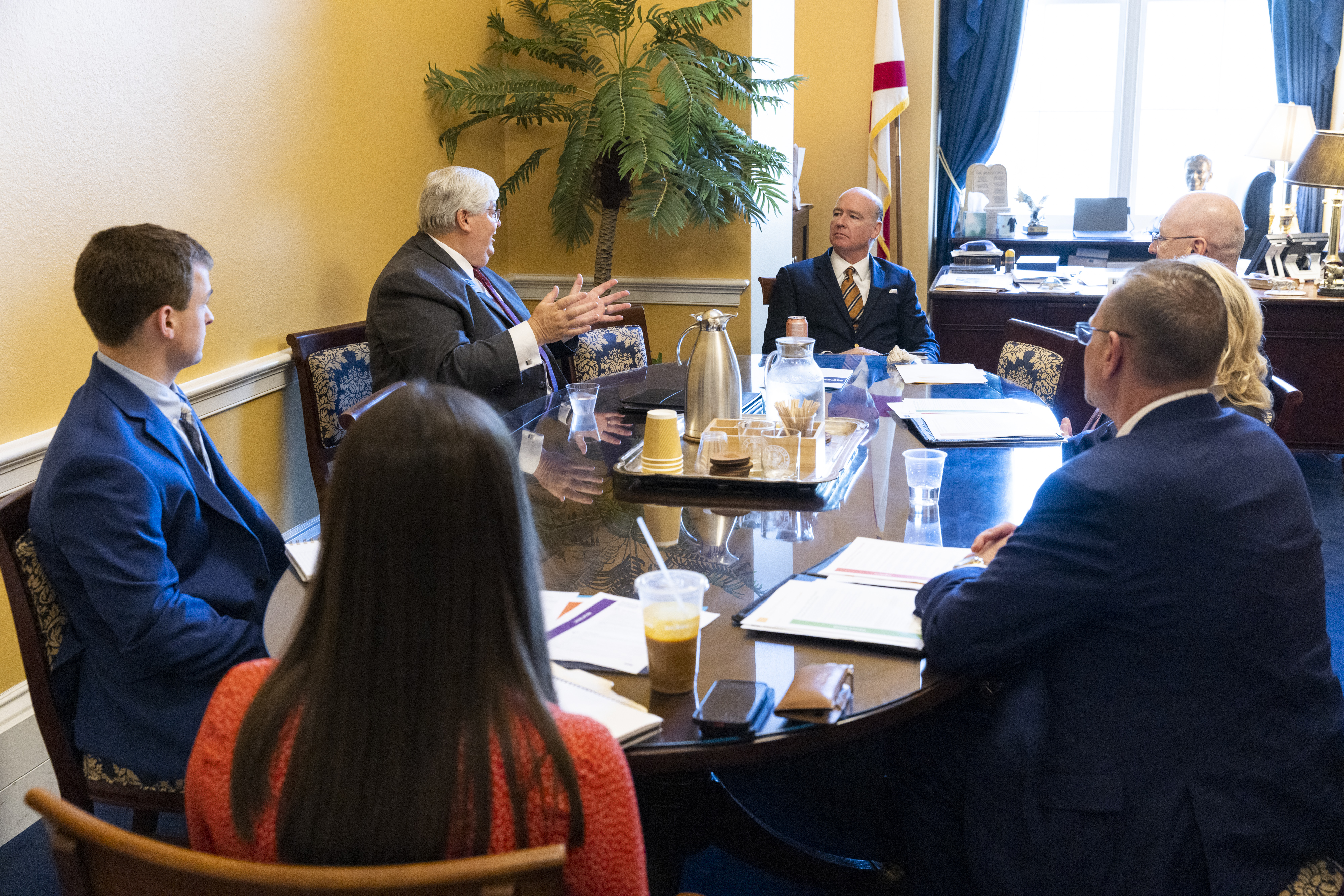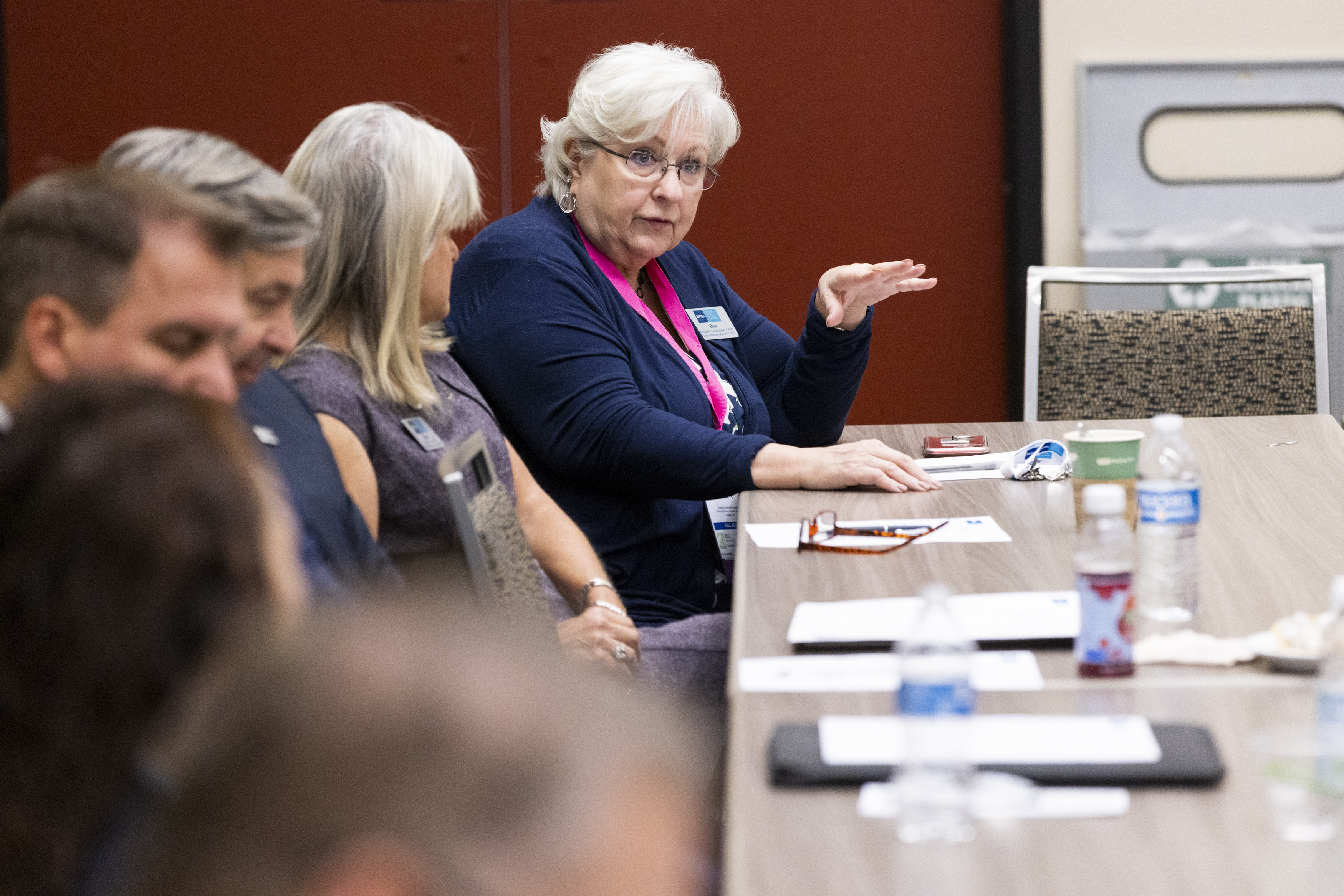Rest assured, NFDA has your back in D.C. However, there’s another voice that is just as powerful as ours … YOURS!
Every day, NFDA tells your story to members of Congress, regulators and others in power in our nation’s capitol, but there’s no greater impact than when you speak out and share your story.
 It’s these powerful, real-world examples that make your elected officials understand the true impact of the decisions they make.
It’s these powerful, real-world examples that make your elected officials understand the true impact of the decisions they make.
Members of Congress want to hear from their constituents and when you join NFDA and your fellow members in speaking out on behalf of the profession, our combined voices become a mighty force for good.
To help you tell your story, NFDA has created two handouts:
- The Vital Role of Funeral Service Professionals During the COVID-19 Pandemic, which explains how funeral directors stepped up to serve families and communities by serving on the front lines during this public health emergency. Download here.
- The Economic Power and Influence of the Funeral Service Profession in America, which gives an overview of the ways the funeral service profession supports the economy and the well-being of our nation and local communities. Download the handout for your state here.
Here’s how you can get involved:
Be a Grassroots Advocate
From time to time, when legislation has been introduced in Congress or a regulatory agency is considering adopting changes, NFDA may call on you to contact your elected officials or agency staff.
We make being a grassroots advocate as simple as possible by providing sample text to which you can add your personal story of how the bill or regulation will impact you, your business or the families you serve.
 Watch your email and our NFDA publications for opportunities to be grassroots advocates for the profession!
Watch your email and our NFDA publications for opportunities to be grassroots advocates for the profession!
Attend the Advocacy Summit
The annual NFDA Advocacy Summit in Washington, D.C., is your chance to literally have a seat at the table! You have the opoortunity to meet with your elected representatives and engaging them in a discussion about how their decisions have a direct impact on your ability to serve families and be successful.
The Advocacy Summit is what democracy is all about - using your voice to make a difference. Join us!
Donate to the PAC
The NFDA Political Action Committee (PAC) is a vital tool that helps us build relationships with members of Congress. It amplifies our voices and our stories and helps ensure that legislators who are supportive of funeral service stay in office. Click here to learn more and make a contribution.
 Serve on the NFDA Advocacy Committee
Serve on the NFDA Advocacy Committee
The NFDA Advocacy Committee is your chance to get involved in shaping NFDA’s legislative agenda. Committee members are responsible for analyzing federal legislative and regulatory issues and recommending policy positions that support and advance the interests of the association, funeral directors and funeral service to the NFDA Board of Directors. Click here to learn more and submit your name for consideration.
: Have questions or looking for other ways to share your story and support our Advocacy efforts? Contact our Senior Vice President, Advocacy, Lesley Witter, MPA, CAE, at lwitter@nfda.org.